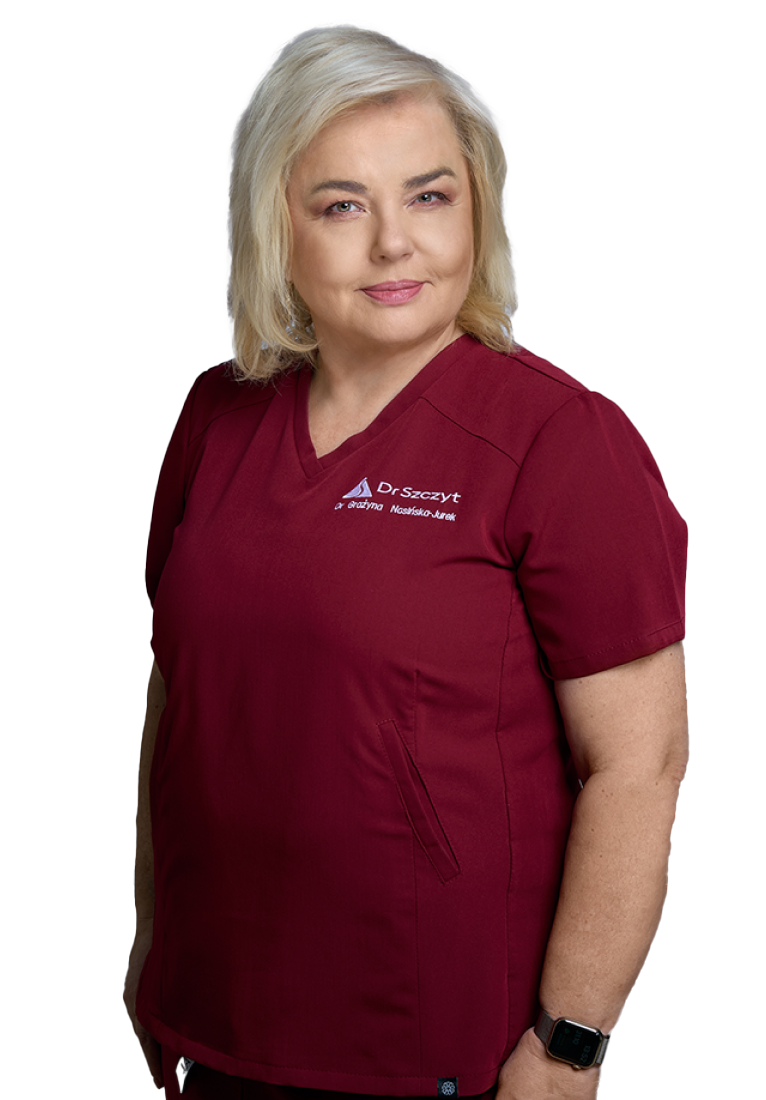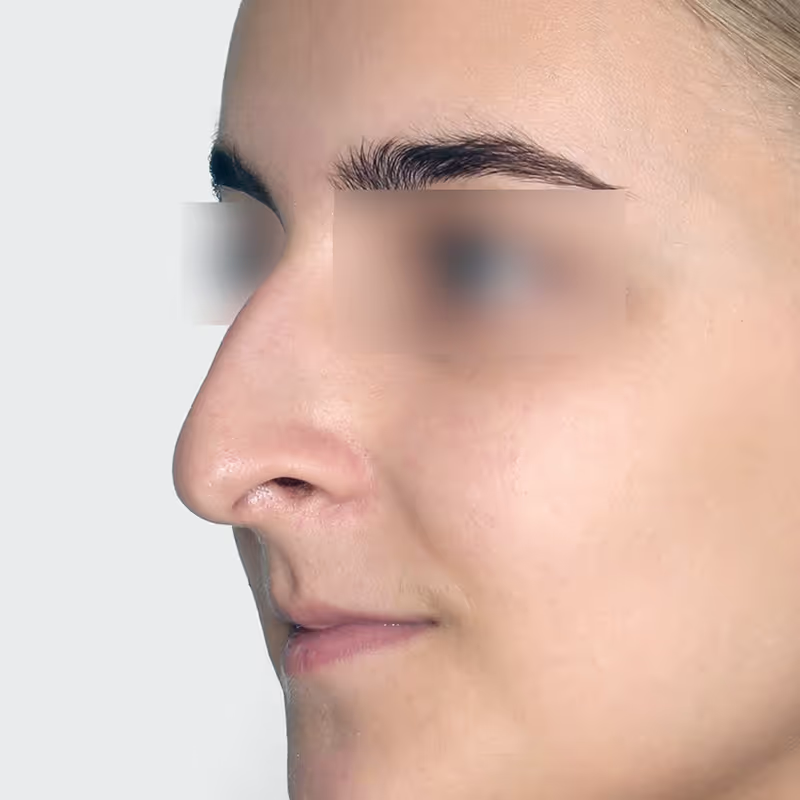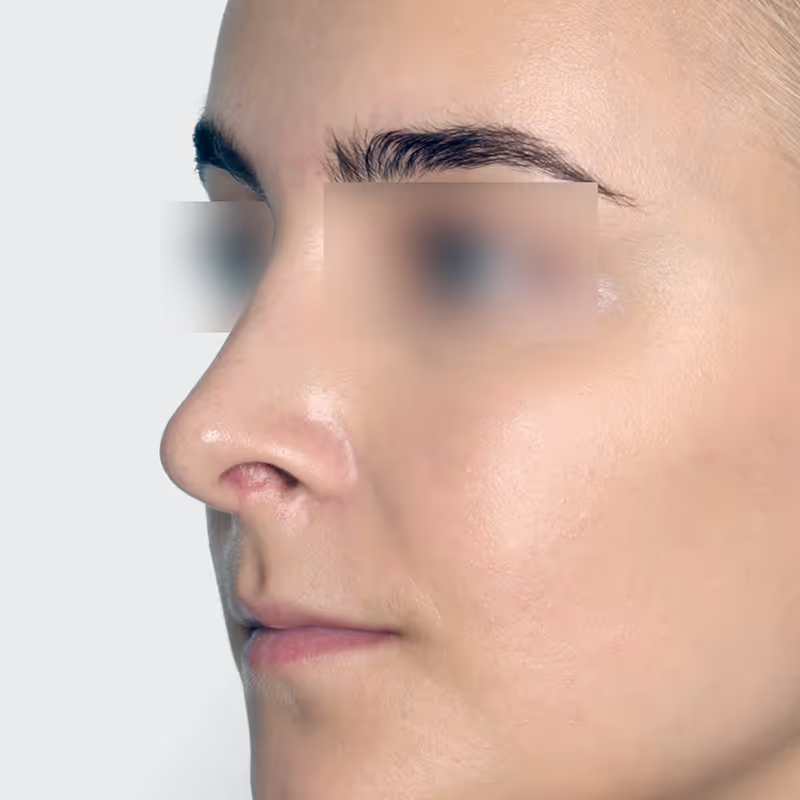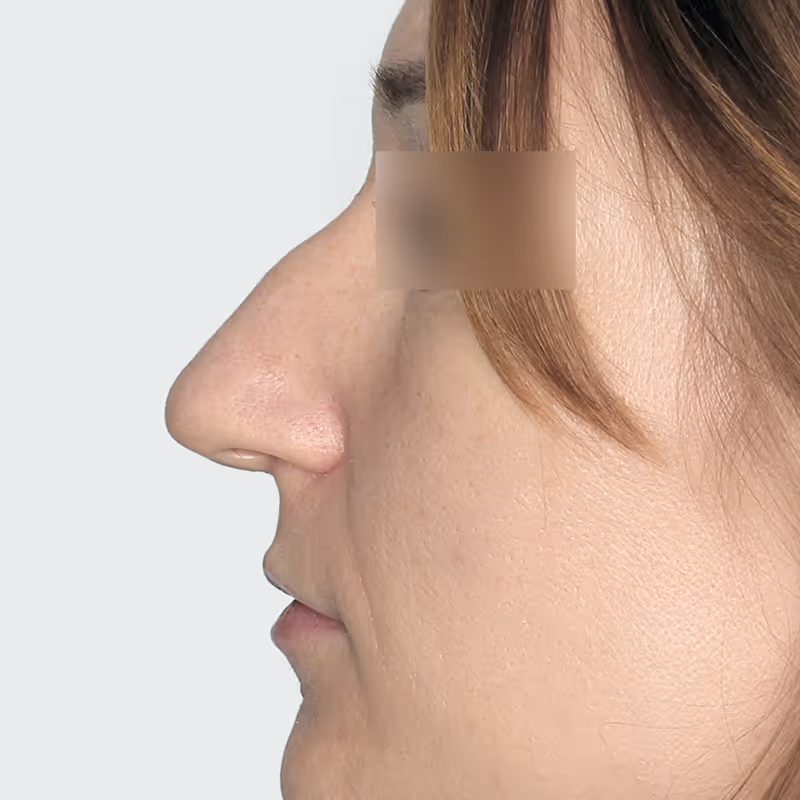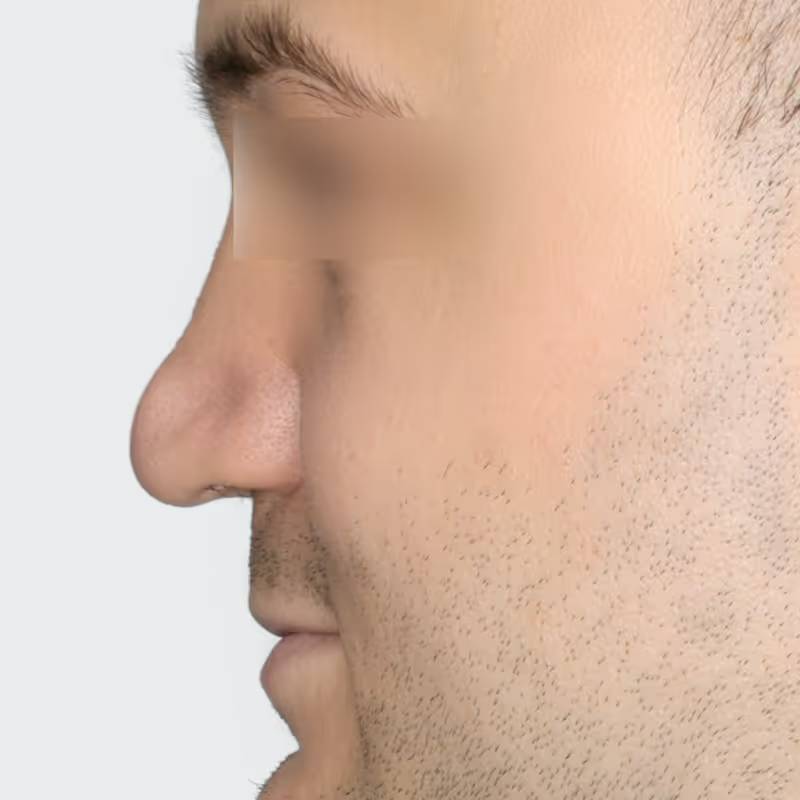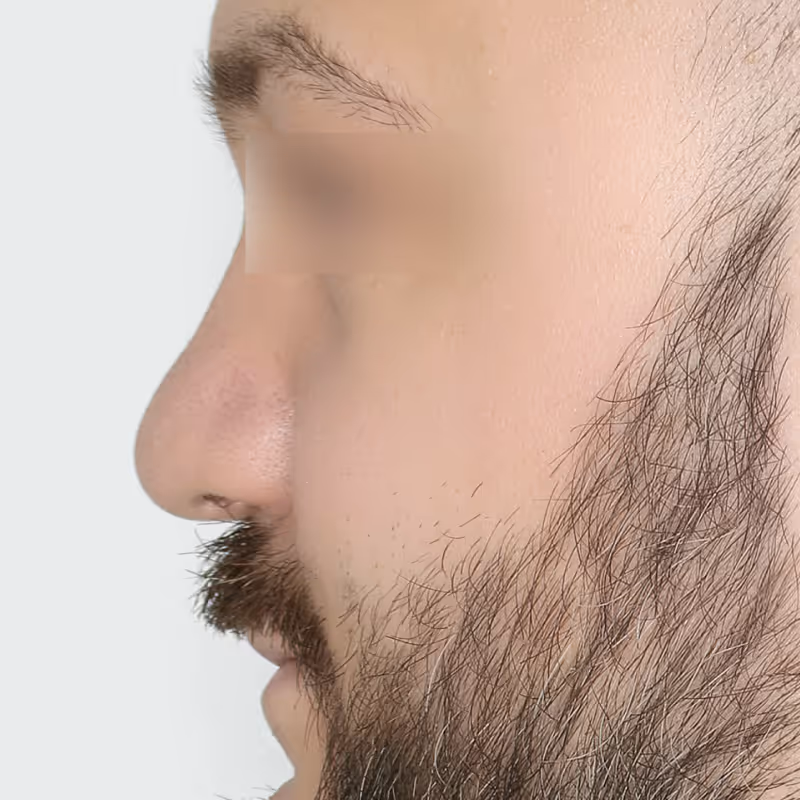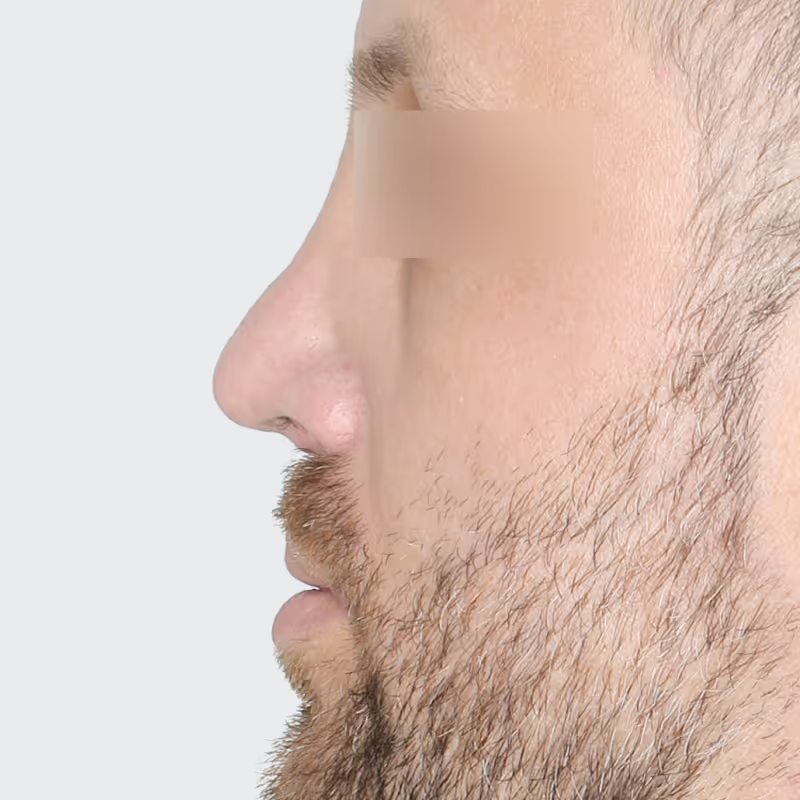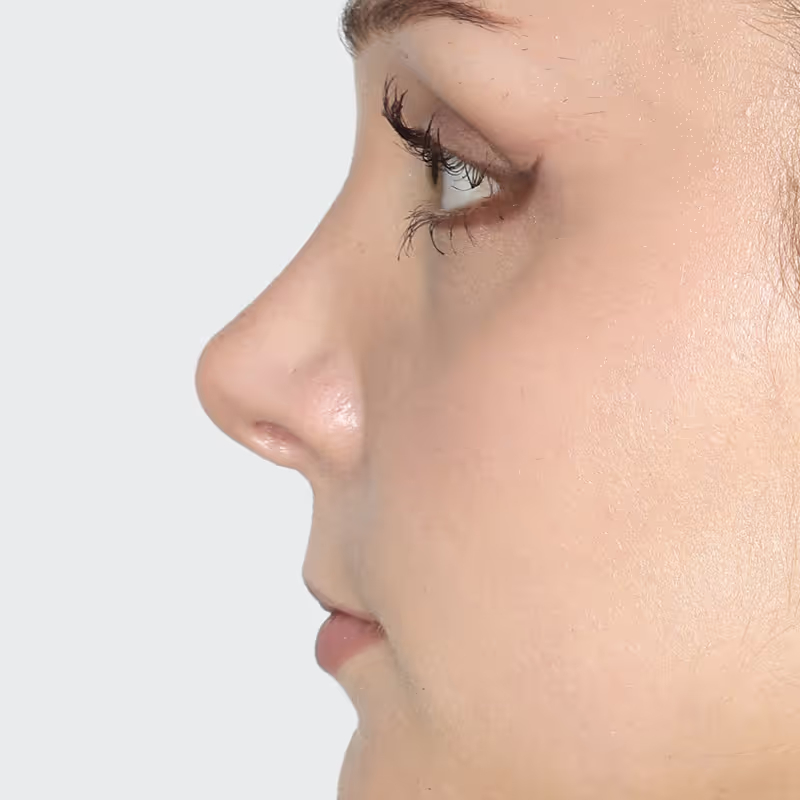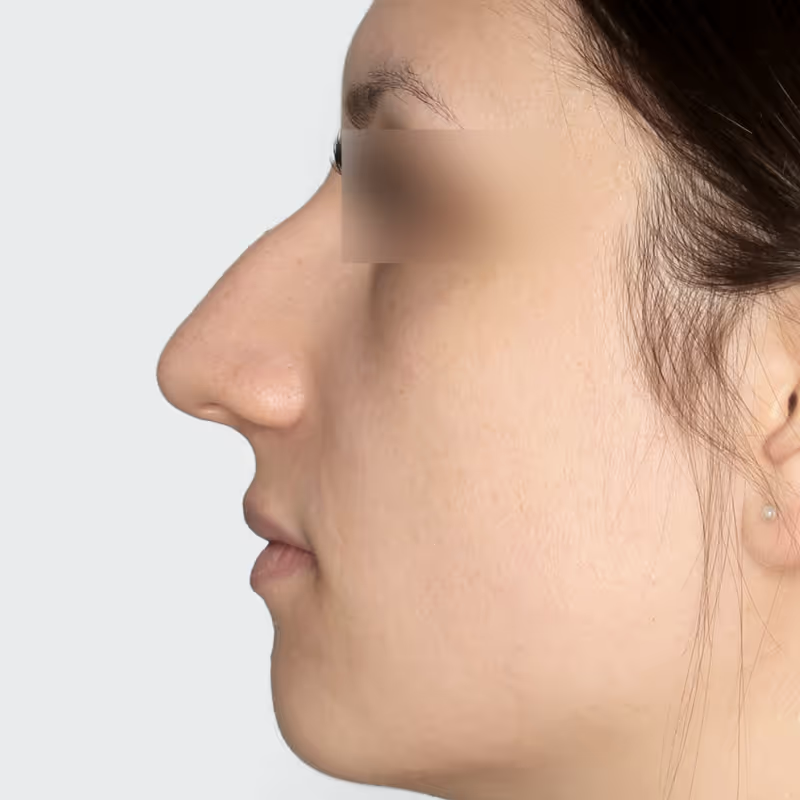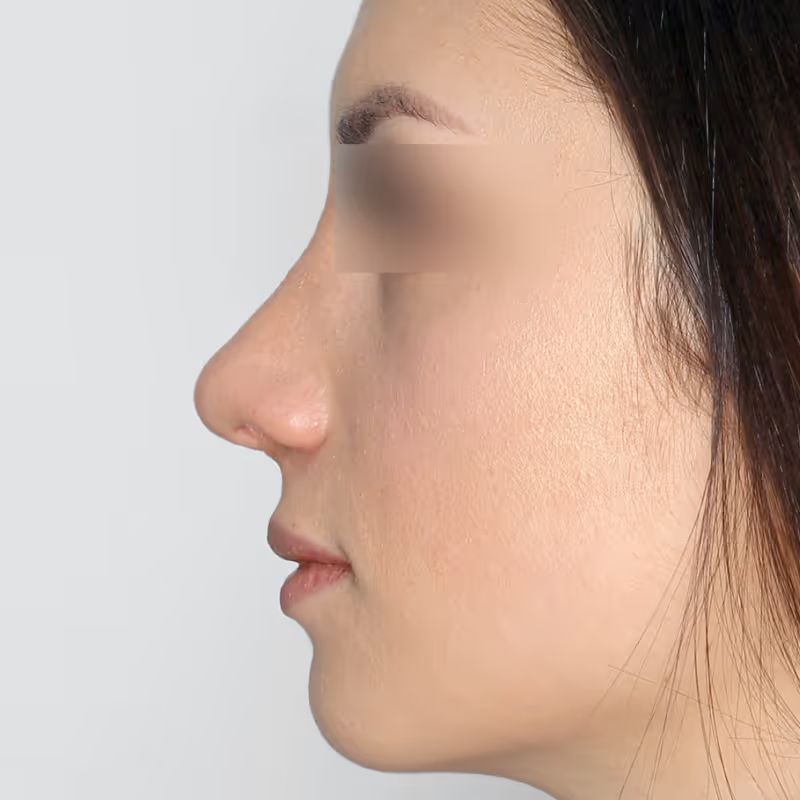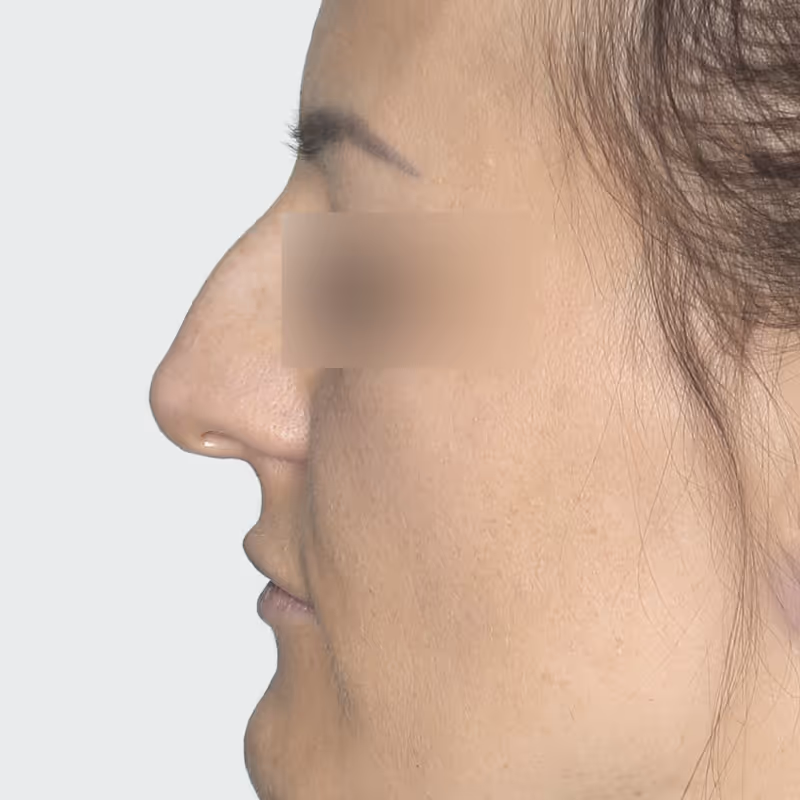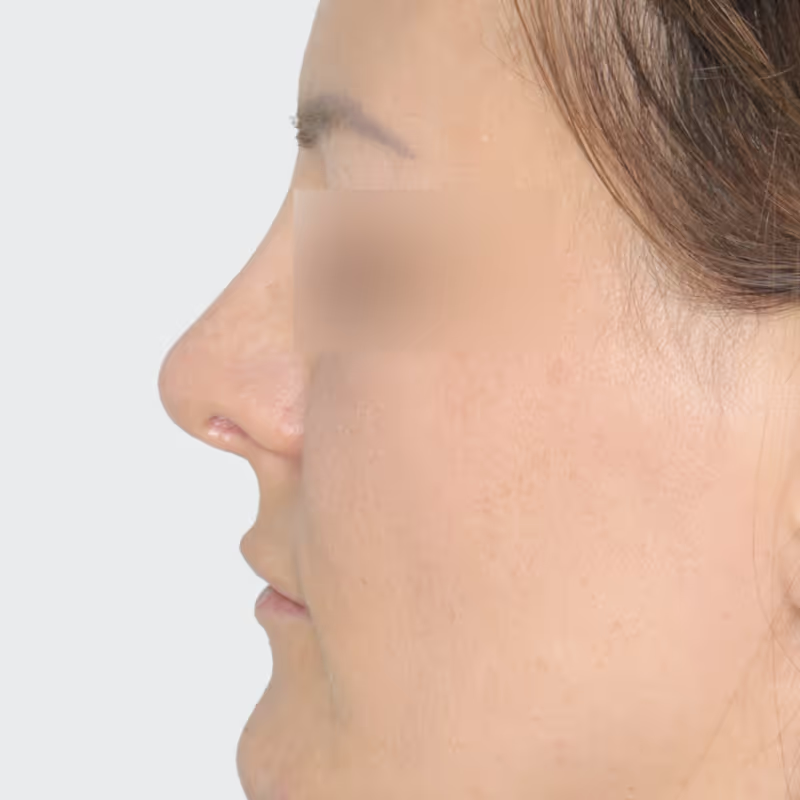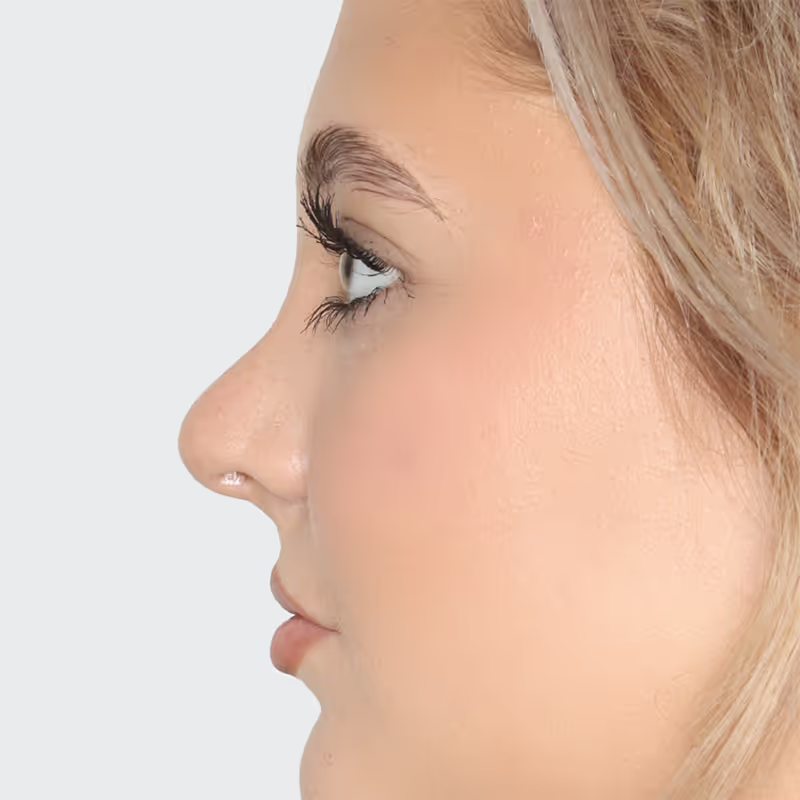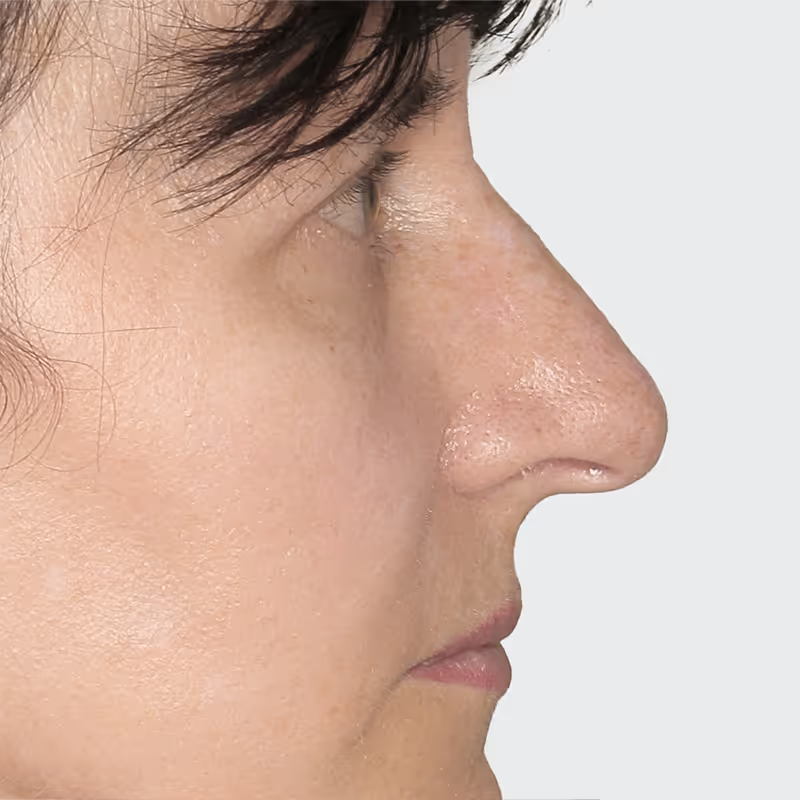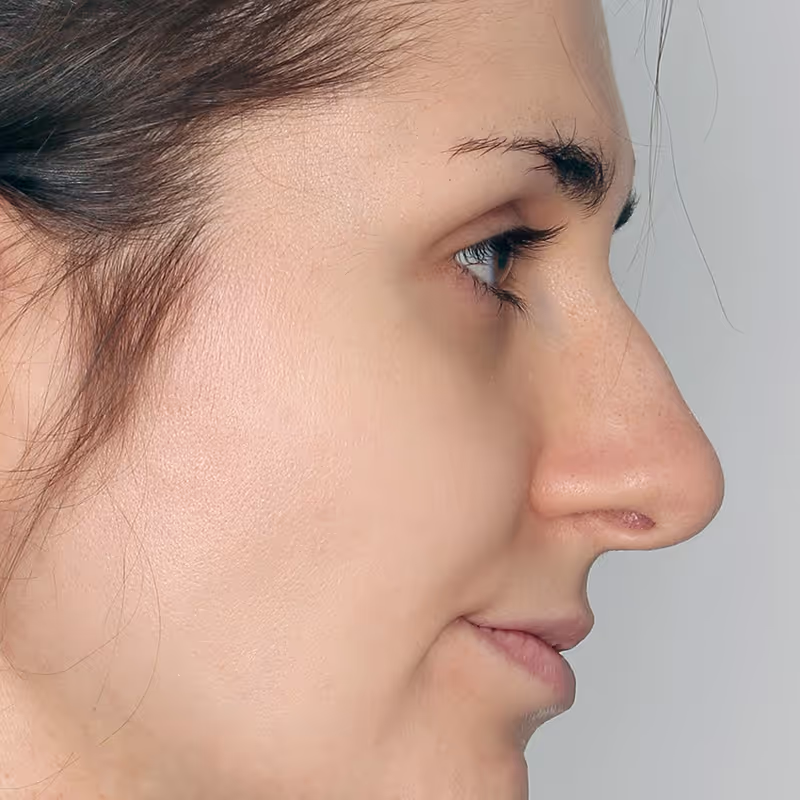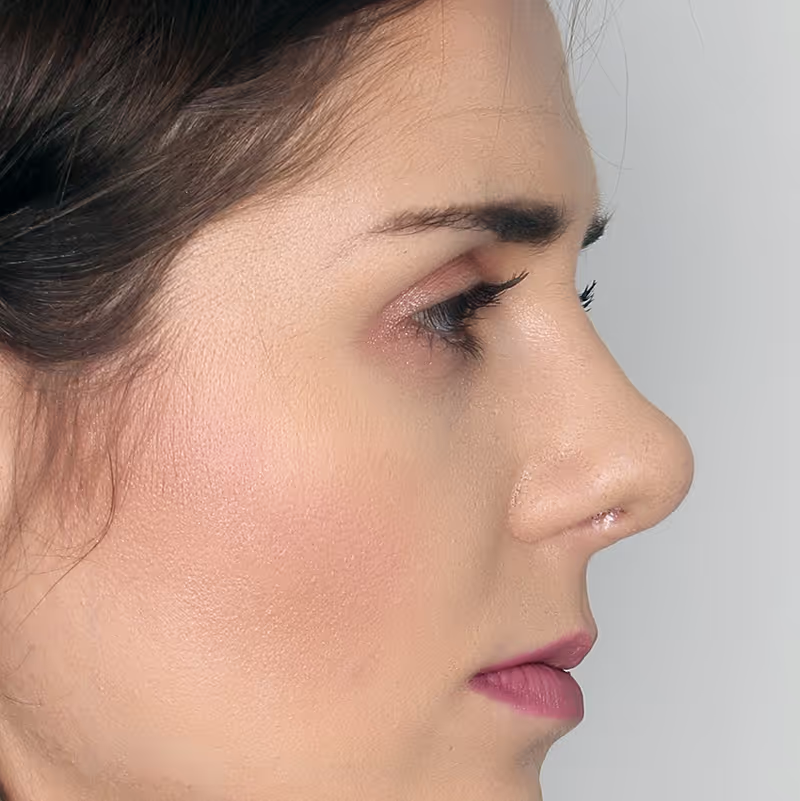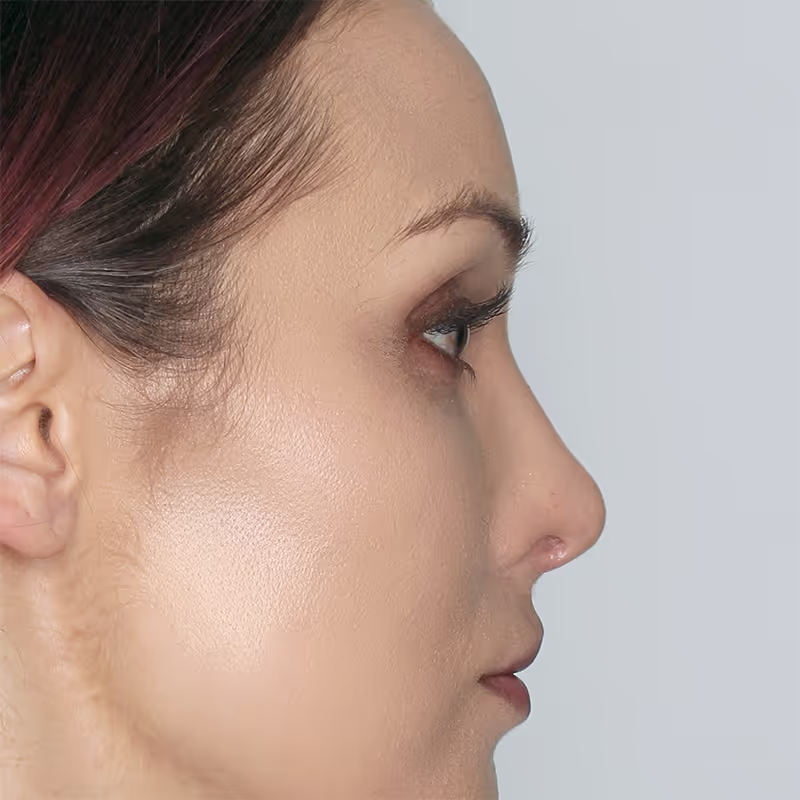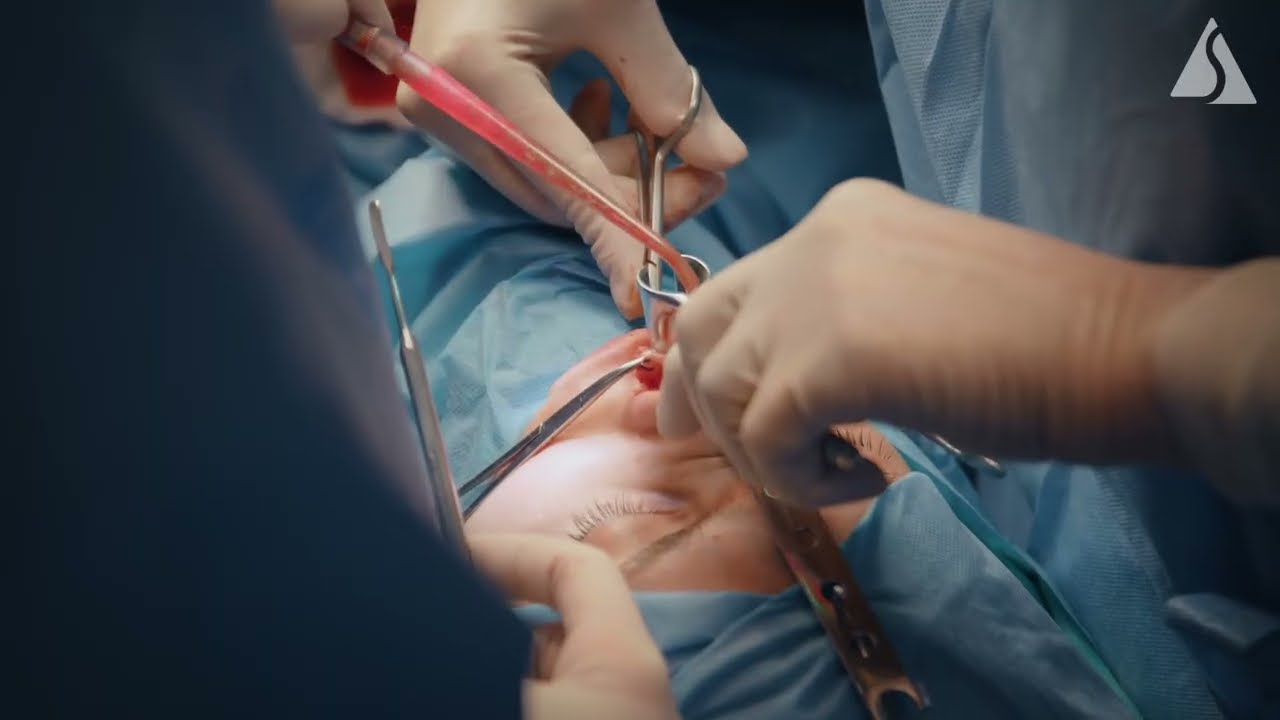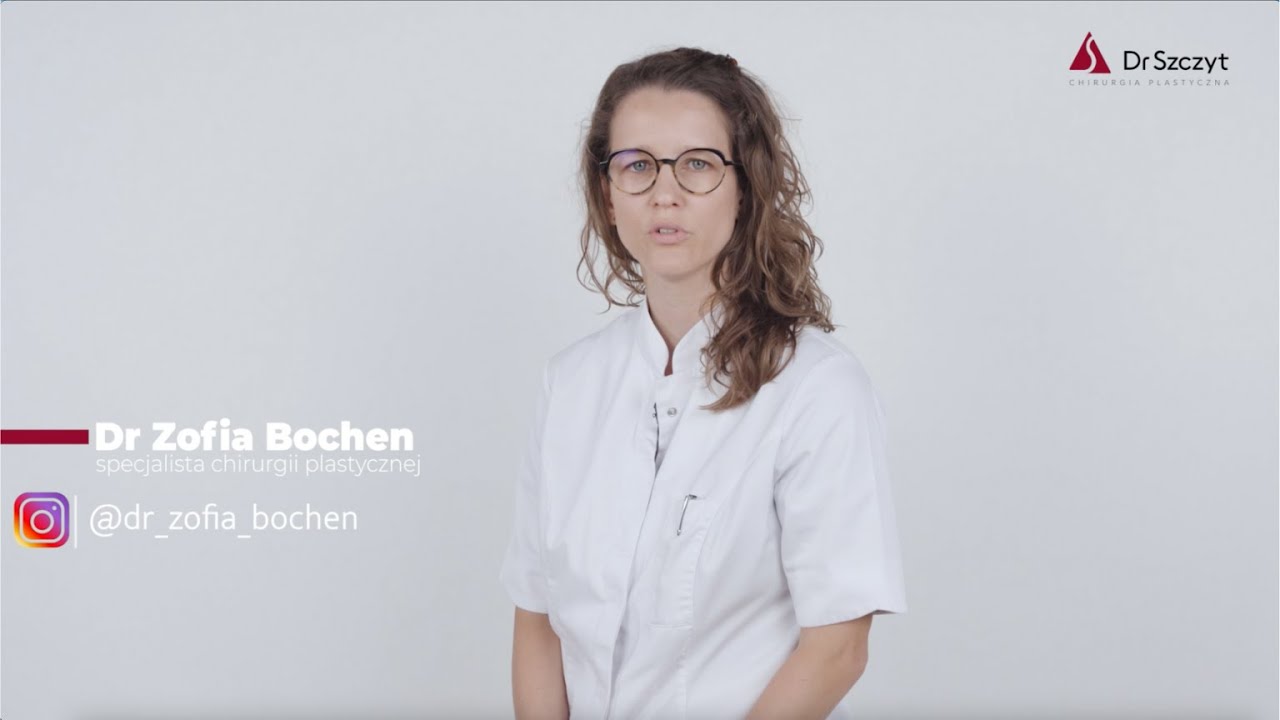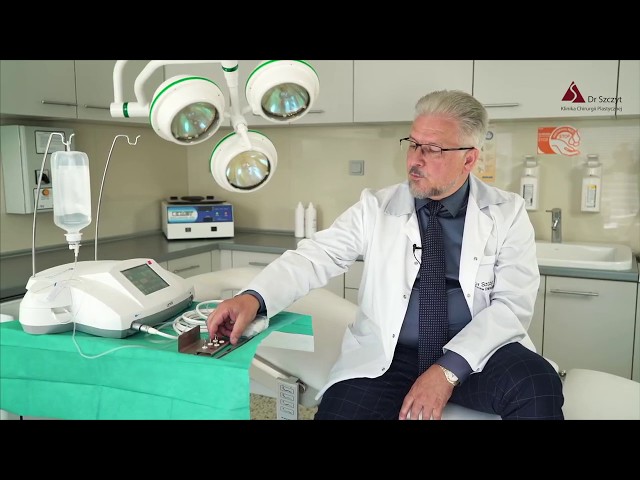
What is nose surgery and what does the procedure look like?
Defects in the nose are congenital or caused by trauma. Nose correction is a procedure to improve the aesthetics of the nose - its shape, proportion, appearance, but also to improve the breathing track. We can perform it with several techniques, with the best one selected individually to the needs and expectations of each patient. Both the bony and/or cartilaginous part can undergo correction.
The surgery is performed under general anesthesia and lasts - depending on the technique chosen and the extent of the procedure - from 1.5 to 4 hours. It is preceded by an initial consultation, during which qualification for the surgery takes place. After a proper analysis of the nose, the surgeon plans the course of the procedure.
Depending on the method chosen, the surgeon makes a small incision at the post or inside the nose. He then uses specialized instruments to make appropriate modulations in the bony or cartilaginous part of the nose, or both. During the procedure, the skin is detached from the cartilaginous-bone structure, which is given the desired shape. The operation ends with the placement of thin sutures and a dressing.
How to prepare for a nose correction procedure?
Before the scheduled surgery, you should undergo hepatitis B vaccination. One week before the procedure, blood clotting suppressants should be discontinued, while on the day of the procedure the area to be operated on should be thoroughly washed. On the day of surgery, the patient must be fasting.
Recovery after rhinoplasty?
After the procedure, slight swelling and bruising may occur around the eyes and cheeks. To alleviate any discomfort, it is recommended to use pain relievers as prescribed by your doctor. For approximately 2 weeks, limit intense sun exposure, tanning beds, and saunas. You should also avoid excessive exertion and physical activity. It is essential to strictly adhere to your doctor's specific recommendations. Initial results will be visible after 2-3 weeks, with the full regeneration period lasting up to 12 months.
What are the contraindications to rhinoplasty surgery?
Contraindications for rhinoplasty are age - it should not be performed in adolescents whose development is still ongoing, in addition, pregnancy and breastfeeding, coagulation disorders, vascular diathesis, hypertension, unregulated diabetes, skin infections, autoimmune diseases and cancer.
Important information
Duration of treatment
90 - 240 minutes
Required tests
blood group, blood count, coagulation indices (APTT and INR), creatinine, glucose level, electrolytes (Na, K), general urine test, hepatitis B vaccination, ECG
Anesthesia
general
Stay at the clinic
1 day
Recovery
up to 10 days
Removal of setons
Non-operated septum: on the first day Operated septum:
on the second day
Removal of sutures
first on day 5-6
Removal of plaster
on day 10
Contraindications
vascular disorders, coagulation disorders, uncontrolled hypertension, uncontrolled diabetes, purulent infection of the skin and mucous membranes, pregnancy
Pre-treatment recommendations
Price list
Type of treatment
Price from
Price to
Total nose correction
25 000 PLN
35 000 PLN
Secondary nose correction
30 000 PLN
40 000 PLN
Correction of the cartilaginous part of the nose
20 000 PLN
25 000 PLN
Correction of the bony part of the nose
17 000 PLN
20 000 PLN
Correction of the nasal septum
10 000 PLN
18 000 PLN
Korekcja skrzydełek nosa
4 000 PLN

Dr. Grażyna Nasińska-Jurek
Plastic surgeon
